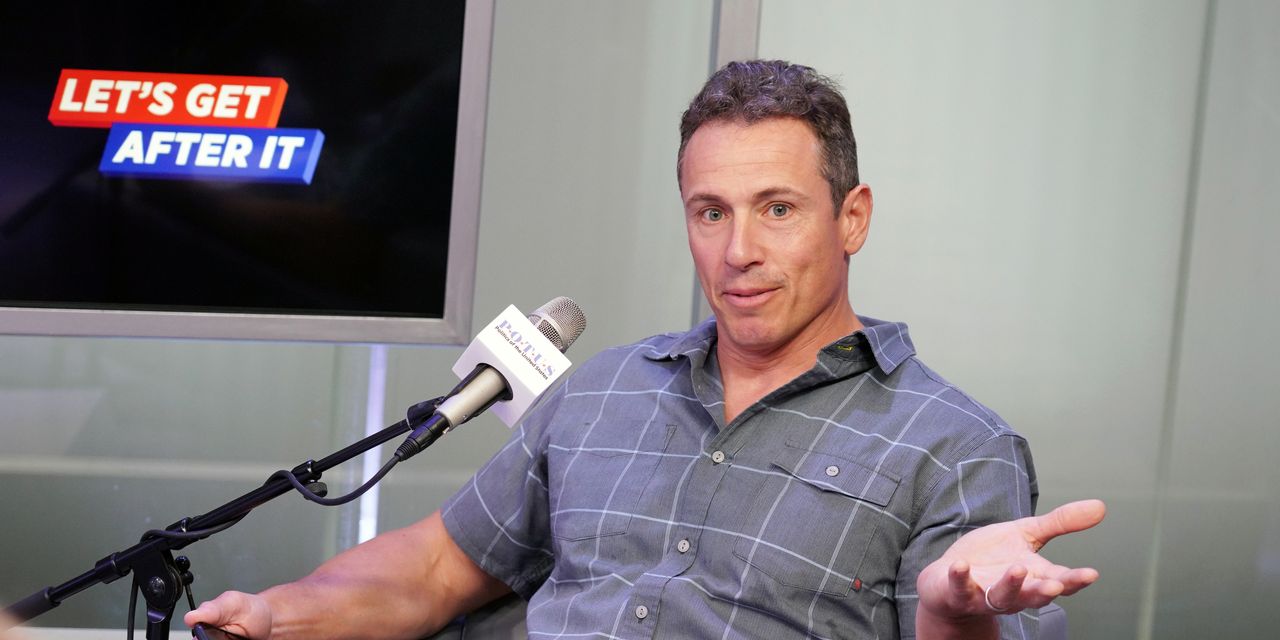
The missile took an unusually lofty trajectory of more than 1,200 miles, according to Japanese and South Korean officials. That would be more than twice the altitude of what Pyongyang had launched in any test since 2017.
North Korea said it had used the “highest-angle launch system” to test-fire an intermediate-range ballistic missile, which it called “Hwasong-12,” and had successfully confirmed the “accuracy, security and effectiveness of the operation,” Pyongyang’s state media said. The missile wasn’t a new one, having been prominently launched more than four years ago and already in production.
Seoul had earlier labeled it an intermediate-range ballistic missile, while Tokyo called it longer than a midrange weapon.
The Sunday test is the clearest recent action by the Kim regime toward a potential return to major provocations—even though it appears, based on initial assessments, to have fallen short of being classified as an intercontinental-ballistic missile, according to weapons experts.
North Korea, in the aftermath of 2019’s no-deal Vietnam summit with the U.S., has unleashed dozens of weapons tests, including seven in January. Its testing pacing has never revved up this high before. But the Kim regime has also attempted to walk a fine line, flashing shorter-range weapons or launching cruise missiles that have yet to draw widespread international blowback.
The distinction matters much more than just the mileage. For more than four years, Mr. Kim has specifically dangled his country’s pause on ICBM launches and nuclear tests as a signal his cloistered regime has given diplomacy a shot with the U.S. The other shorter-range missile activity, Pyongyang argues, is a sovereign right to national defense.
The Sunday intermediate-range weapons launch had mirrored the altitude and flight distance of a prior Hwasong-12 test from May 2017, weapons experts said.
That would leave Sunday’s missile launch with an estimated intermediate range of about 2,800 miles, shy of the 3,400 miles-or-more threshold to generally be considered an intercontinental ballistic missile, said Jeffrey Lewis, a weapons expert and professor at the Middlebury Institute of International Studies in Monterey, Calif.
“We’re getting closer to North Korea resuming ICBM tests,” Mr. Lewis said.
The Sunday launch’s flight features weren’t very far off from long-range technology, said Scott LaFoy, a ballistic-missile and nuclear-weapons specialist at Exiger Federal Solutions, a risk-management firm. “There is a little bit of a ‘same difference’ thing happening,” Mr. LaFoy said.
South Korean President Moon Jae-in, at an emergency meeting Sunday with his national-security team, noted Pyongyang’s pause of more than four years on ICBM and nuclear tests. Assuming the Sunday launch was an intermediate-range missile, Mr. Moon told meeting attendees that North Korea has “moved closer to scrapping the moratorium.” Japanese Defense Minister Nobuo Kishi said, “North Korea has been repeating missile launches in new conditions at an unprecedentedly high frequency.”
A senior Biden administration official said Sunday that the U.S. is concerned not only because of the most recent test, but because of several months of launches by North Korea. The official declined to speculate on Pyongyang’s motivations for resuming and accelerating tests, which he characterized as destabilizing and threatening.
“We believe we have the right approach, which is to seek diplomacy and at the same time make clear that we stand ready to take appropriate actions to ensure the security of our allies, that promote regional stability as well as international security,” he said.
Pentagon officials were aware of the test and were consulting with allies and partners in the region, Pentagon spokesman John Kirby said Sunday.
“The Defense Department is laser-focused on the Korean Peninsula,” Mr. Kirby said on “Fox News Sunday.” He added, “We have to make sure that we’re ready militarily on the peninsula and in the region.”
The intermediate-range missile was fired around 7:52 a.m. local time Sunday from the North’s Jagang province near its border with China, traveling around 30 minutes and flying about 500 miles before splashing into the waters between Korea and Japan, according to Seoul and Tokyo officials.
The latest launch didn’t appear to have landed in Japan’s maritime exclusive economic zone, a spokesman for the Tokyo government said. That represents a measure of restraint by Pyongyang, which in prior tests had flown missiles into Japan’s EEZ and even over the country, triggering emergency alerts.
The missile’s flight path, North Korea’s state media said, had been decided “in consideration of the security of neighboring countries.”
Several months after the Hwasong-12 test in May, North Korea successfully launched what it dubbed “Hwasong-15” technology that could reach the U.S. mainland. That November 2017 test, though, hit an altitude of about 2,800 miles—or more than two times higher than Sunday’s launch.
Pyongyang is more than 5,000 miles away from the U.S. West Coast. But Hwasong-12 was believed to have enough range to reach the American military bases in Guam, which is about 2,000 miles from North Korea, weapons experts say. North Korean state media at the time referred to it as a “medium long-range” surface-to-surface missile.
For more than four years, Pyongyang has refrained from long-range missile launches and nuclear tests—though earlier this month, the country’s Politburo hinted it could return to such activity. Doing so, however, brings risks to the Kim regime. Such major provocations in the past have upset allies in Beijing and Moscow, who haven’t condemned Pyongyang’s recent weapons activity and have advocated sanctions be relaxed.
The Kim regime’s launch of ballistic missiles is barred by United Nations Security Council resolutions, given how the weapons can attain intercontinental reach. Cruise missiles, which aren’t covered by the U.N. resolutions, tend to fly at much lower altitudes and travel shorter distances in general.
Mr. Kim, who is starting his second decade in power, is grappling with a battered economy, potential food shortages and continuing Covid-19 fears. Throughout the pandemic, Mr. Kim had curbed public appearances and appeared focused on domestic issues. A year-end speech dwelled on agricultural output, with the 38-year-old dictator giving no mention of the U.S. or President Biden.
In recent weeks, Mr. Kim watched the final test of the country’s self-proclaimed hypersonic technology—his first in-person visit to a launch in nearly two years. He recently toured a munitions factory tasked with “leaping progress in producing major weapons.”
The January missile barrage allowed North Korea to win tacit acceptance of the bad behavior, with the shock value largely dissipated, said Lee Sung-yoon, a Korea expert at Tufts University’s Fletcher School.
“It’s been a prelude to greater provocations,” Mr. Lee said. “Expect rockets to flare throughout February.”
—Courtney McBride in Washington and Alastair Gale and Chieko Tsuneoka in Tokyo contributed to this article.
Write to Timothy W. Martin at [email protected]
Copyright ©2022 Dow Jones & Company, Inc. All Rights Reserved. 87990cbe856818d5eddac44c7b1cdeb8








